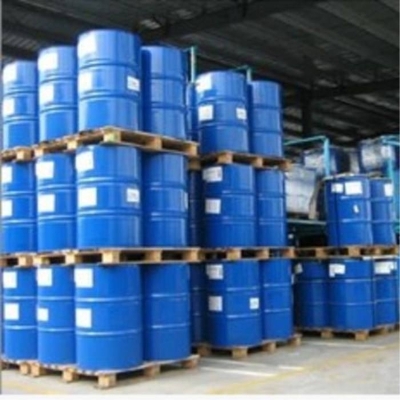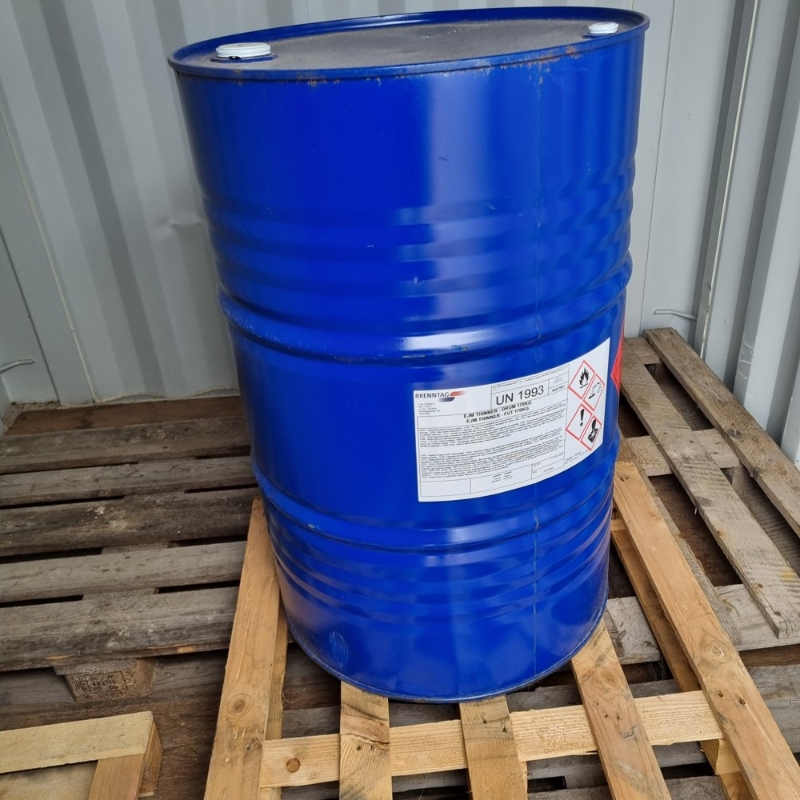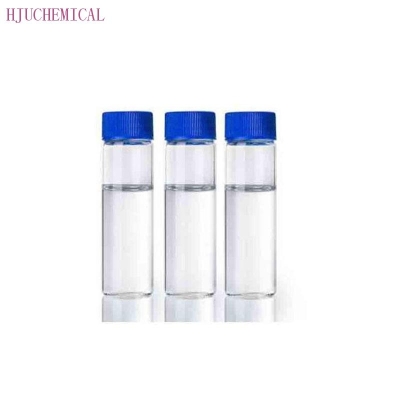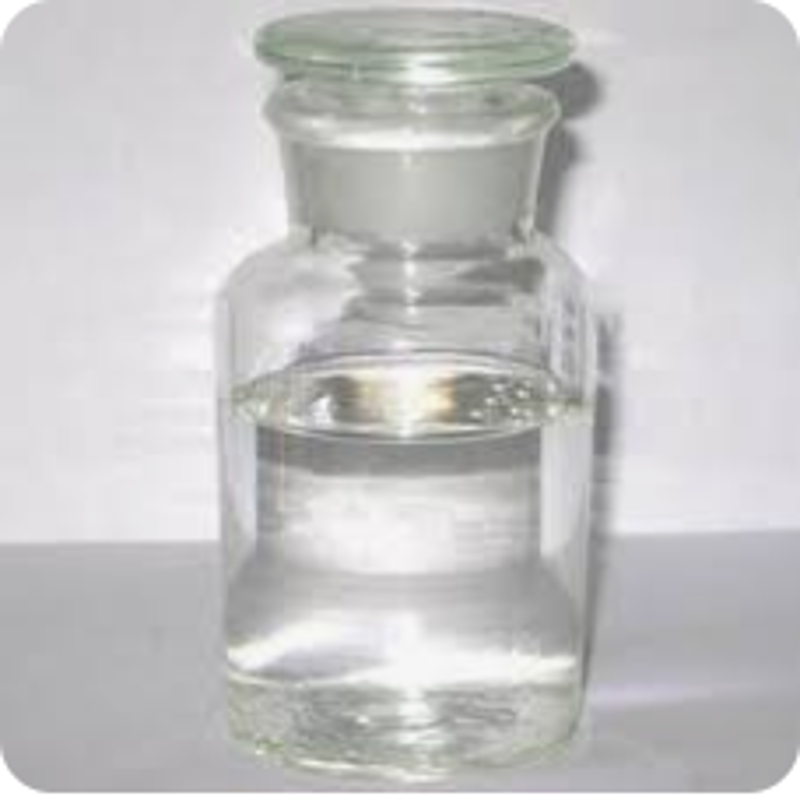Cosmetic Ingredient
- • Abrasive (124)
- • Absorbent (84)
- • Anticaking (66)
- • Anticorrosive (25)
- • Antifoaming (19)
- • Antimicrobials (290)
- • Antioxidant Ingredient (393)
- • Antiperspirant (20)
- • Antiplaque (48)
- • Anti-seborrheic (38)
- • Anti-sebum (39)
- • Antistatic (458)
- • Astringent (162)
- • Binding Agent (172)
- • Bleaching Agent (53)
- • Buffering (191)
- • Bulking (109)
- • Chelating (122)
- • Cleansing (679)
- • Cosmetic Colorant (212)
- • Cosmetic Preservative (158)
- • Denaturant (45)
- • Deodorant (98)
- • Depilatory (27)
- • Dissolving Agent (298)
- • Emollient (795)
- • Emulsifying Agent (480)
- • Emulsion Stabilising (154)
- • Exfoliating (19)
- • Film Forming (299)
- • Flavouring (72)
- • Foam Boosting (161)
- • Foaming (101)
- • Fragrance Ingredient (726)
- • Gel Forming (19)
- • Hair Conditioning (670)
- • Hair Dyeing (363)
- • Hair Fixing (36)
- • Hair Waving or Straightening (45)
- • Humectant (282)
- • Hydrotrope (92)
- • Keratolytic (20)
- • Light Stabilizer (80)
- • Moisturising Agent (50)
- • Nail Conditioning (42)
- • Occlusive (20)
- • Opacifying (119)
- • Oral Care (123)
- • Oxidising (19)
- • Perfuming (2105)
- • Plasticiser (98)
- • Propellant (19)
- • Reducing (50)
- • Refatting (12)
- • Refreshing (26)
- • Skin Cleansing (388)
- • Skin Conditioning (1751)
- • Skin Humectant (21)
- • Skin Protecting (282)
- • Smoothing (31)
- • Soothing (71)
- • Tonics (155)
- • UV Filter (34)
- • Viscosity Controlling (532)
Chemicals as Skincare Ingredients
Related News
-
Price Surge Alert as Major Suppliers Increase Barium Sulfate Costs by 200 Yuan per Ton
2025-03-20 -
Shell Considers Partnering with the U.S. and Closing European Chemical Assets
2025-03-26 -
Quaker Houghton Acquires Dipsol Chemicals, Strengthening Advanced Solutions Portfolio
2025-03-27 -
AstraZeneca to Invest $2.5 Billion to Establish Global Drug R&D Center in Beijing
2025-03-25 -
Saudi Aramco CEO: Invest in downstream projects in China's energy, chemical and other fields
2025-03-28 -
Dow's Silicones Downstream Expansion Project in Zhangjiagang Launches and Drives Market Innovation
2025-03-21
Emollient
Dimethicone
(9006-65-9)-
Cosmetic,pharmaceutical grade / 99%
-
Cosmetics Grade / 99%
-
Cosmetics Grade / 99%
-
Cosmetics Grade / 99.5%
$1-1.2/MT FOB
-
-
- / 0.00%
-
- / 99.00%
-
Industrial Grade / 100%
Request for quotation , get quotes from more suppliers.
Dimethyl adipate
(627-93-0)-
Cosmetics Grade / 99%
$100/KG EXW
-
Industrial Grade / 99%
-
-
- / 0.00%
-
Pharmacy Grade / 99%
-
-
Pharmacy Grade / 99%
-
- / 0.00%
Request for quotation , get quotes from more suppliers.
Diethyl succinate
(123-25-1)-
Industrial Grade / 99%
-
-
- / 99.00%
-
Industrial Grade / 99%
Source Emollient Products Supply
Dimethyl succinate
(106-65-0)-
- / 0.00%
-
-
- / 99.00%
-
Different Grade / 99.9%
$0.1/KG EXW
Request for quotation , get quotes from more suppliers.
Decamethylcyclopentasiloxane
(541-02-6)-
Cosmetics Grade / 99.5%
-
Cosmetic Grade / 0%
-
Cosmetics Grade / -
-
Cosmetics Grade / 99%
Request for quotation , get quotes from more suppliers.
Dimethyl maleate
(624-48-6)-
- / 0.00%
-
Industrial Grade / 99%
-
- / 98%
-
Industrial Grade / 99%
Request for quotation , get quotes from more suppliers.
Di-n-octyl maleate
(2915-53-9)-
Industrial Grade / 99%
-
Chemical Grade / -
-
Industrial Grade / 99%
-
![Dioctyl maleate buy Dioctyl maleate]()
Request for quotation , get quotes from more suppliers.
D-Glucopyranose, oligomeric, C10-16-alkyl glycosides
(110615-47-9)-
Cosmetic Grade / 50%
-
Cosmetics Grade / 99%
-
Industrial grade / 99%
-
Industrial Grade / 50%
Request for quotation , get quotes from more suppliers.
















































